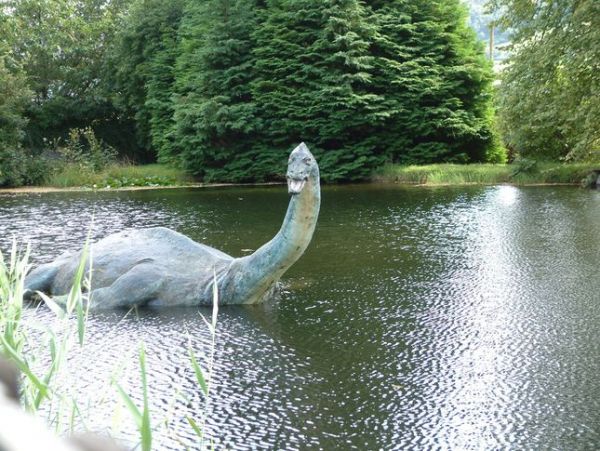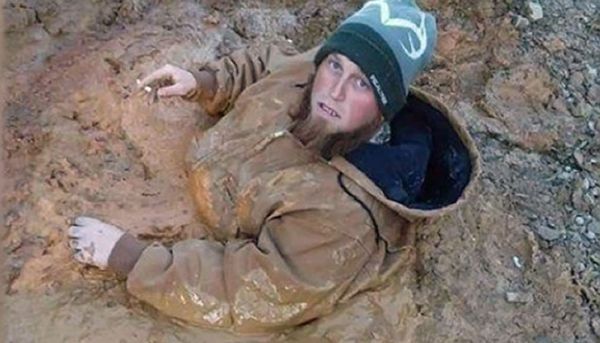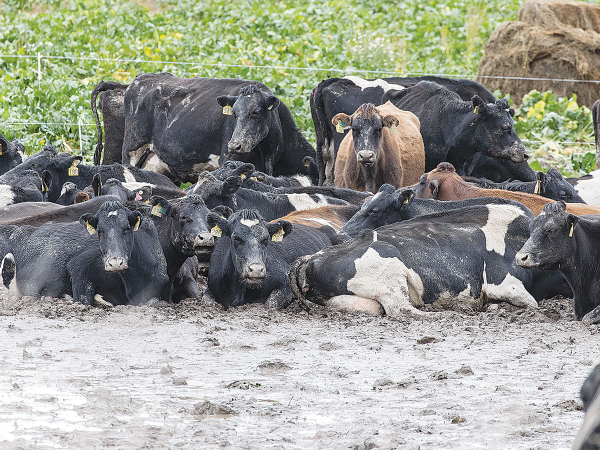The Stuck Ness Monster-part one
Loch Ness in Scotland ("Loch" is the traditional Scottish word for "lake".) spans nearly the width of the nation, flowing diagonally between the Northern Highlands and Southern Highlands. The lingering rumor that a prehistoric creature that lives in the Loch, an aquatic monster of the Dinosaur-type--nicknamed "Nessie" by the locals--has supported a lucrative tourist-trade for generations, based on mostly discredited photos from the 1930s.
Few people believe in the creature now, or worry that a visit to the Loch poses any danger to them, other than the wind and the cold. Mythical creatures help the tourist-trade better than real ones do. People tend to sweep the risk posed by real monsters under the rug, in order to avoid confronting them. Americans prefer safe, paper monsters to real ones.
So I borrowed the popularity of a paper-monster, "Nessie," to lend credence to a real one, an American monster I've dubbed "The Stuck Ness Monster." Stuck Ness works like spiritual quicksand, limiting the nation's response-readiness to important problems, causing hesitation in the face of real danger, and drawing us into an intractable depression that hinders our creative initiative.
If we analyze the "mud" of the Stuck Ness Monster, we will find it contains interesting ingredients: a dictatorial herd-mentality that drains the personal initiative from a person, infectious timidity, and cowardice-infused inertia. It turns people into cattle. They give up and lie down in mud, too tied to group-think to venture out of it.



